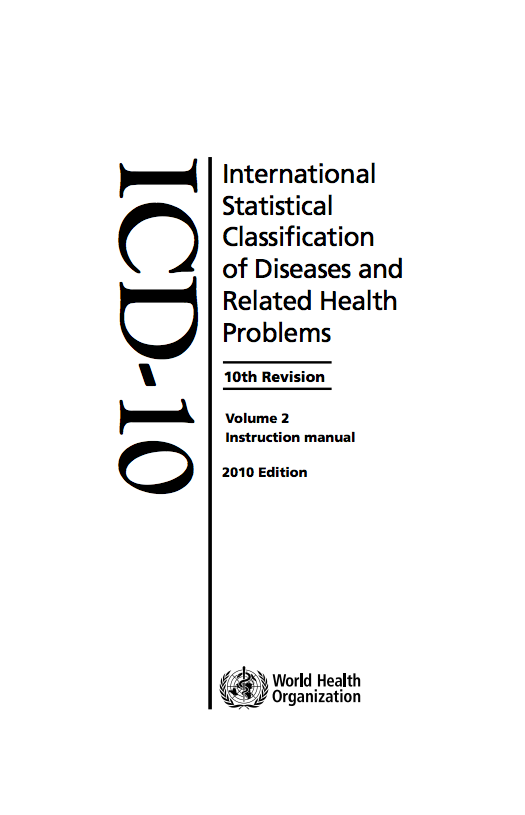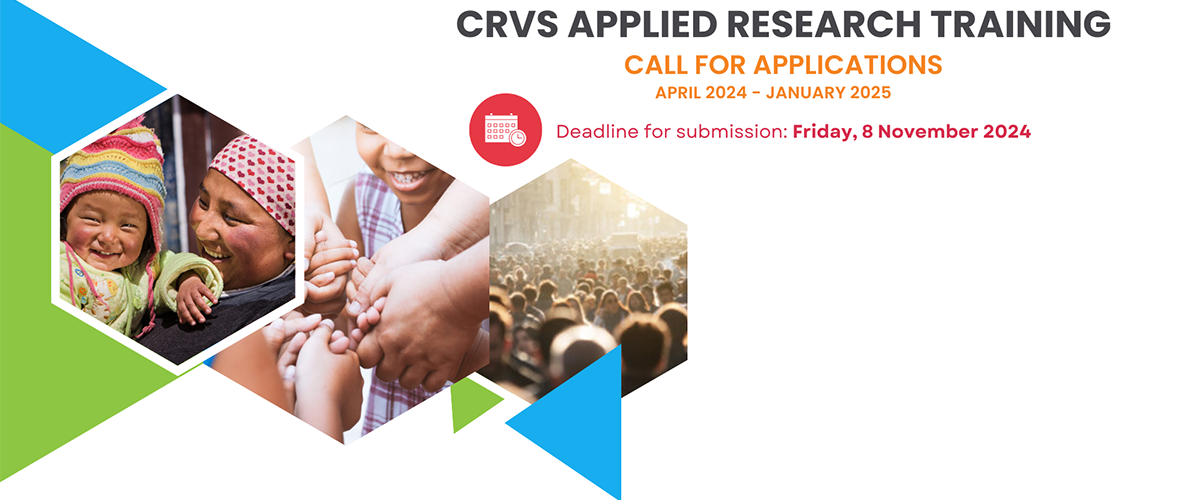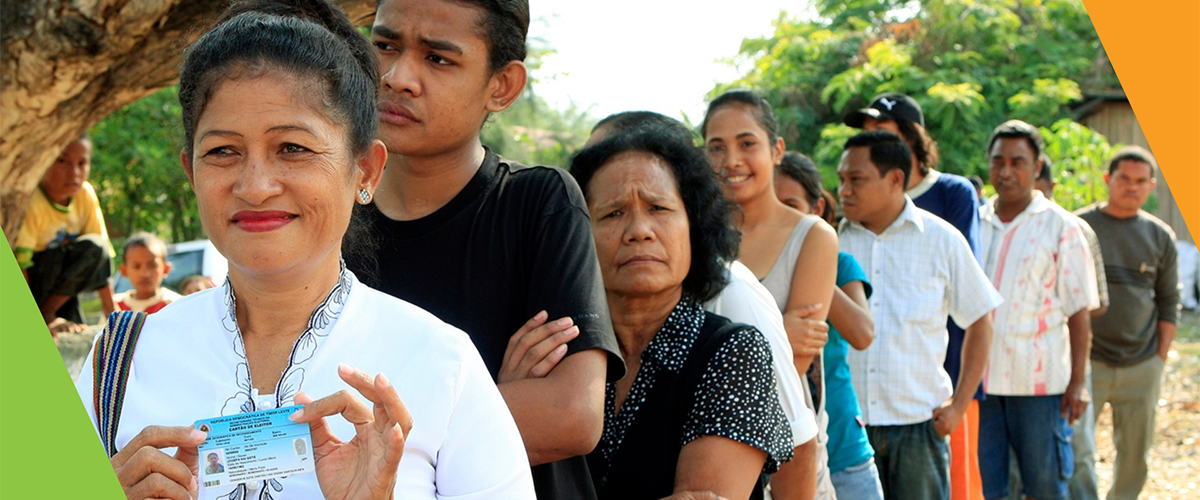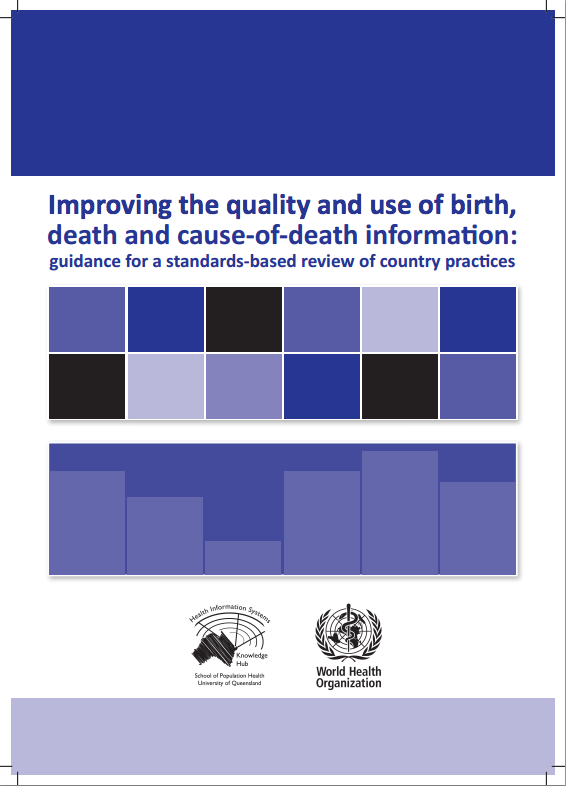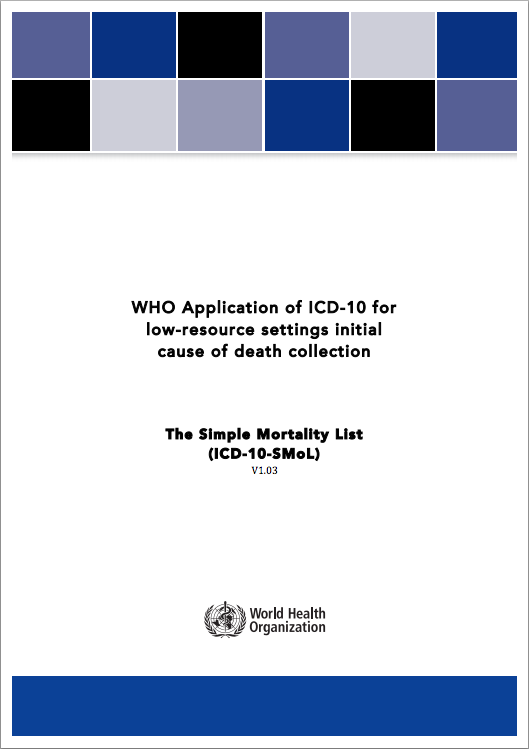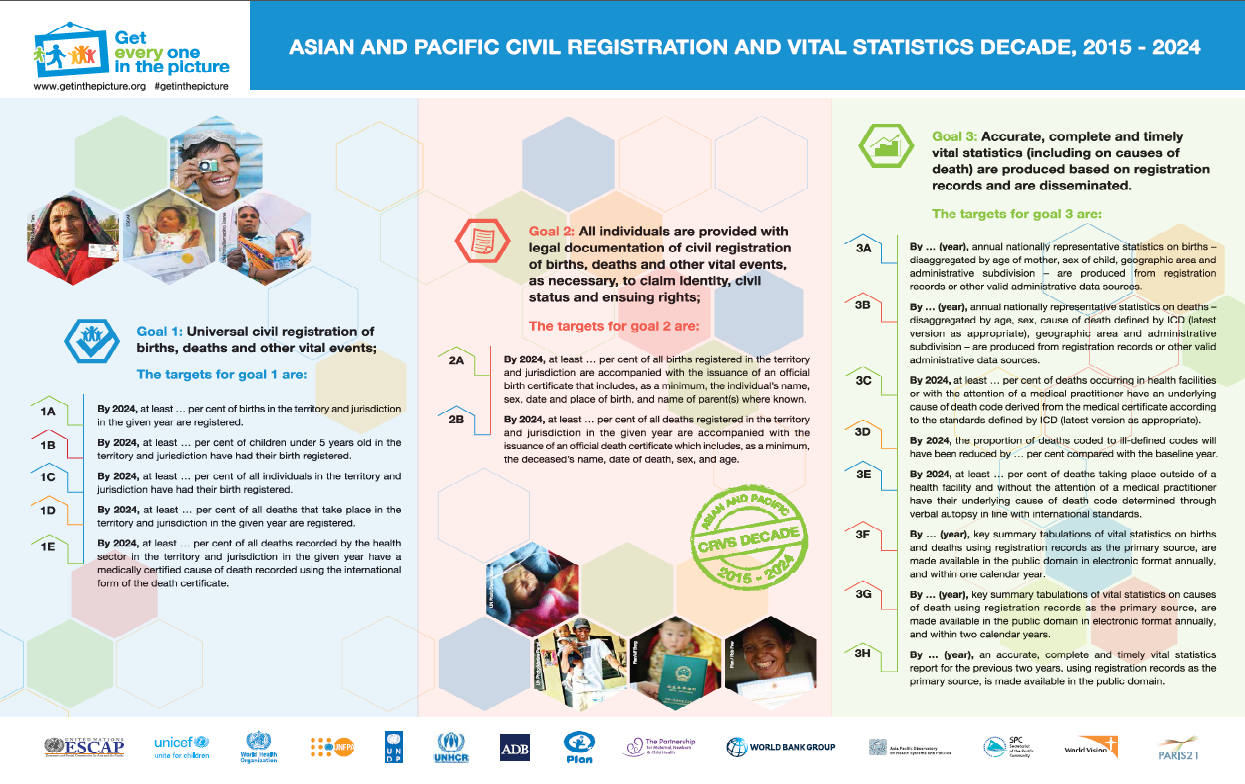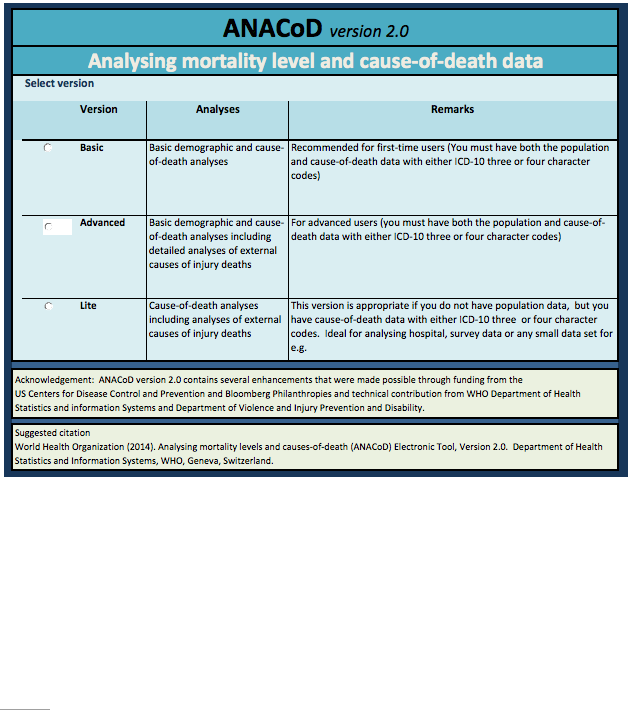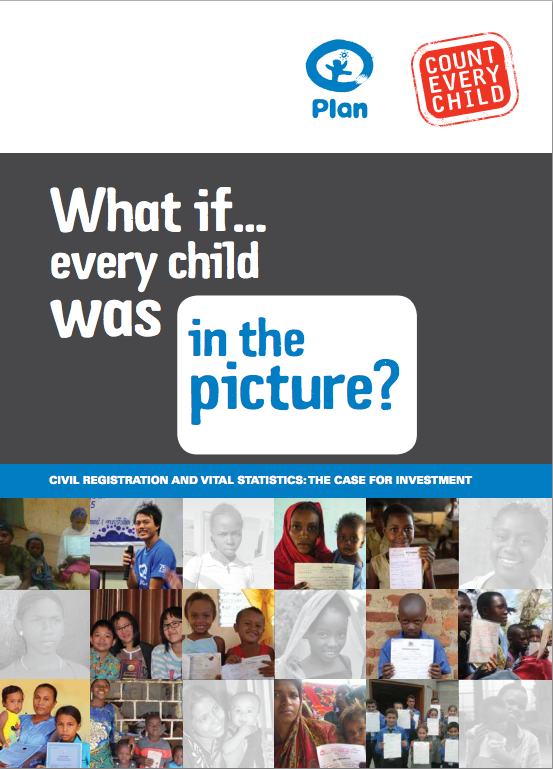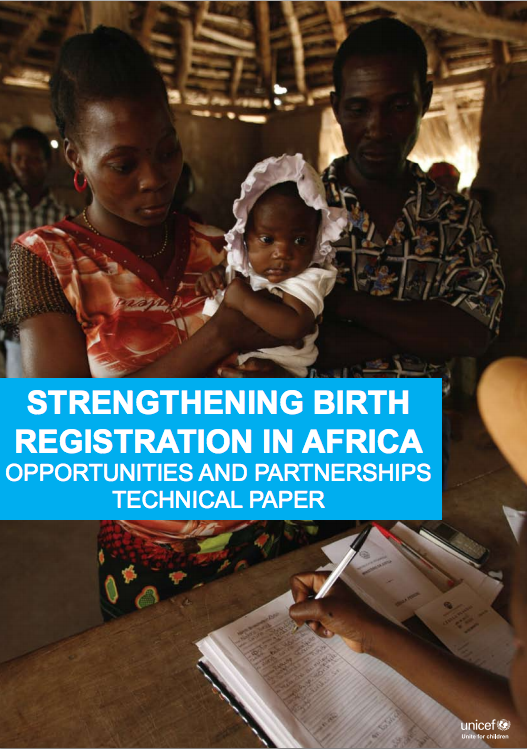WHO International Classification of Diseases (ICD-10) Instruction Manual
This volume of the Tenth Revision of the International Statistical Classification of Diseases and Related Health Problems (ICD-10) contains guidelines for recording and coding, together with much new material on practical aspects of the classification’s use, as well as an outline of the historical background to the classification. This manual provides a basic description of the ICD, together with practical instructions for mortality and morbidity coders, and guidelines for the presentation and interpretation of data. It is not intended to provide detailed training in the use of the ICD.
